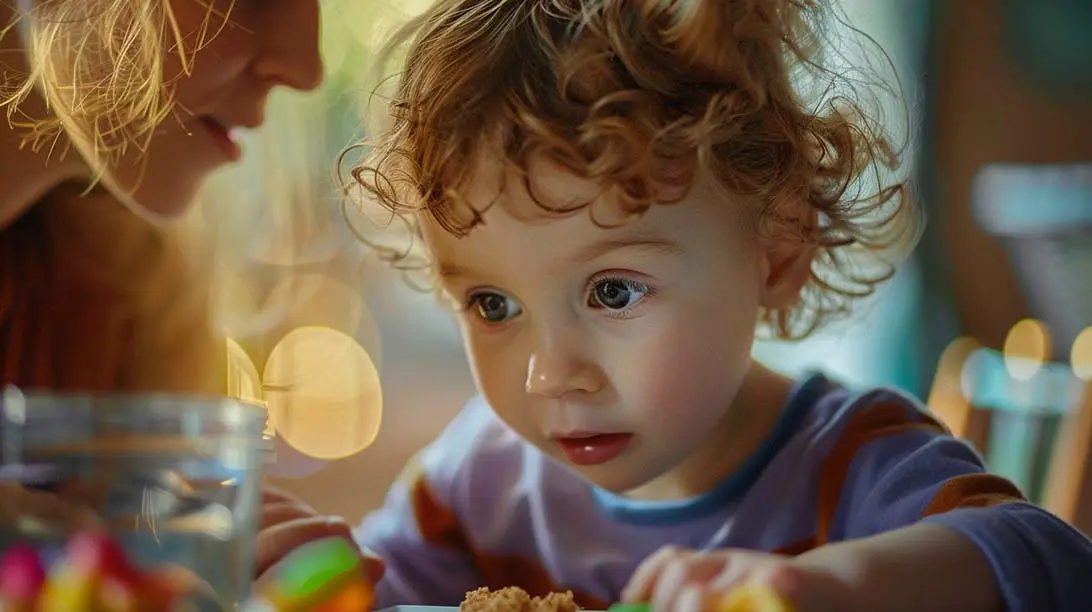Discovering that “my child has a fear of new things” can be worrying. Known as neophobia, this anxiety in children when facing the unfamiliar is more common than you might think. Without fluffy reassurances, this article tackles straight on how to identify and manage your child’s fear. Expect insights into practical strategies, recognizing the signs of neophobia, and advice on when professional help might be needed — essential reading for helping your child embrace the world with confidence.
Key Takeaways
- Neophobia in children can lead to reluctance in trying new things, including food, and may manifest through various behaviors like withdrawal from social activities or changes in sleep patterns.
- Effective strategies to help children overcome their fears include using the ‘bravery ladder’ method, creating a comfort zone at home, encouraging baby steps, and providing positive reinforcement.
- Professional help, such as Cognitive Behavioral Therapy (CBT), should be considered if a child’s fear of new things becomes severe enough to impact daily life and cause significant distress.
Understanding Your Child's Fear of New Things

Neophobia, or the fear of new things, can significantly impact a child’s life, limiting their willingness to explore new relationships, activities, and experiences. It often appears as an excessive fear response and anxiety when children are introduced to unfamiliar situations or objects, going far beyond any realistic threat. It’s a combination of genetics, learned behavior from personal experiences, and in some cases, trauma that contribute to the onset of neophobia in children.
But here’s the thing - experiencing fear, even an irrational fear, is a natural, instinctual response that serves to keep a fearful child safe in new and challenging situations.
Identifying Signs of Neophobia

The ripples of neophobia in children can manifest in various ways. From hesitation or anxiety to behaviors like avoiding the unfamiliar, children may feel uncertain, vulnerable, powerless, and anxious. A common form of neophobia, especially in small children, is food neophobia, where they show a reluctance to eat unfamiliar food items. It can also cause changes in a child’s appetite, often leading to a lack of interest in eating and denial of hunger feelings.
Persistent worry, hopelessness, poor self-esteem, self-destructive behavior, changes in sleep or appetite, and withdrawal from social activities can be signs that a child may benefit from professional help due to neophobia. Being aware of these signs can help parents understand if their child might be dealing with this fear and take appropriate action. Some signs to look out for include:
- Persistent worry
- Hopelessness
- Poor self-esteem
- Self-destructive behavior
- Changes in sleep or appetite
- Withdrawal from social activities
If you notice any of these physical symptoms in your child, it may be a good idea to seek professional help at a children’s hospital.
Common Childhood Fears by Age Group
Understanding common fears by age group can provide a lens to view your child’s fears and anxieties. For instance, infants around 8–9 months old may experience stranger anxiety due to their ability to recognize familiar faces, making new faces seem frightening. Toddlers between 10 months to 2 years often exhibit separation anxiety, fearing being apart from a parent, particularly during times like daycare drop-off or bedtime.
As children age, their fears evolve, and it’s essential for a child learn to cope with these child’s fears. Most kids aged 4–6 with active imaginations can struggle to distinguish between real and pretend, leading to fears of monsters, the dark, or loud noises. Children aged 7 and older start to fear real-life scenarios, such as harm from others or natural disasters, influenced by their understanding of reality.
Meanwhile, preteens and teenagers may develop social fears, worrying about school performance, fitting in, and facing peer-related challenges like bullying.
Strategies to Help Your Child Overcome Fear
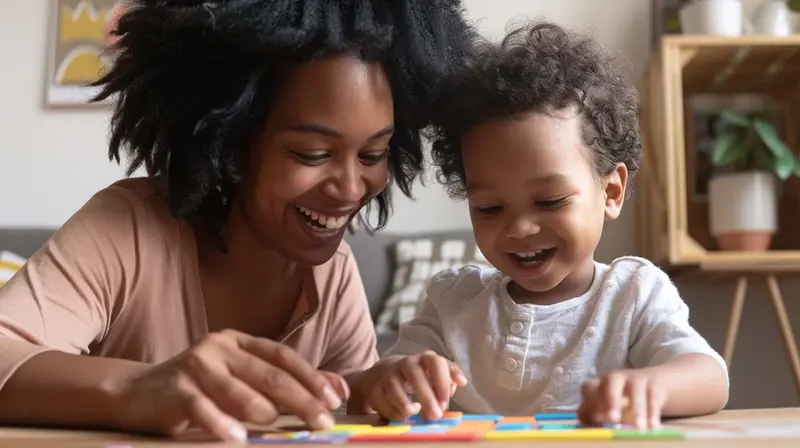
Once we understand our child’s fears, it’s time to equip them with the tools to navigate their fear-filled ocean. One effective strategy involves the ‘bravery ladder,’ which helps children tackle their fears in a structured manner by breaking challenges into manageable steps and reinforcing their bravery at each stage by acknowledging their achievements. Encouraging play lets children explore and solve problems, building self-awareness and confidence. Giving them age-appropriate responsibilities also instills a sense of value and capability.
In between these challenging tasks, brain breaks can aid in alleviating stress and keeping the child relaxed and attentive to new experiences. Some fun physical activities and creative games that can be used as brain breaks include:
- Jumping jacks
- Simon says
- Dance party
- Yoga poses
- Puzzles or brain teasers
These strategies not only help your child confront their fears but also equip them with the skills to handle future challenges.
Creating a Comfort Zone
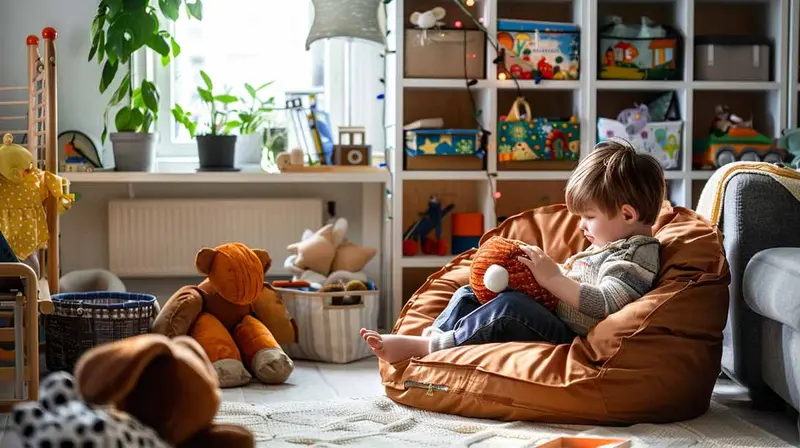
Creating a comfort zone is like anchoring a ship in a safe harbor. It involves establishing a safe and secure environment for children to feel comfortable expressing their fears. To create a supportive environment, it is crucial to:
- Validate their feelings
- Provide an emotionally supportive space
- Offer calming guidance
- Listen and empathize without interrupting or judging
Active listening can foster a sense of security and trust, which is integral for children opening up about their emotions.
Moreover, encouraging children to express their strong feelings as they feel them can prevent the buildup of emotions that may lead to larger outbursts in the future. An emotionally supportive home environment strengthens trust and understanding within the family, benefiting the relationships and the overall well-being.
Encouraging Baby Steps
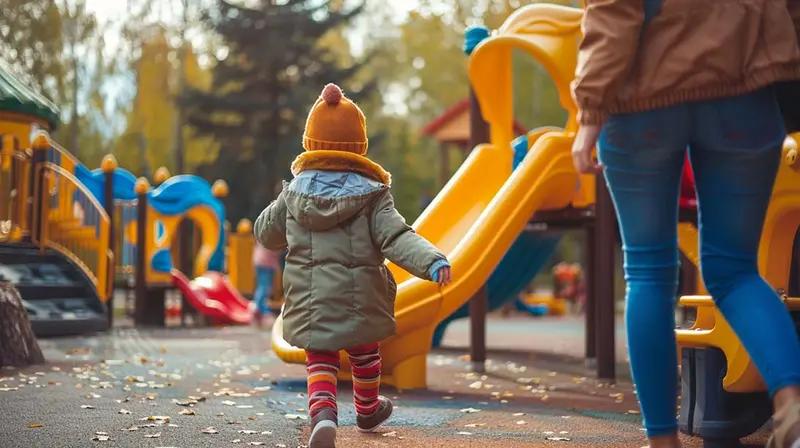
One step at a time – that’s the mantra when encouraging children to overcome their fears. Exposure therapy, which gradually and progressively exposes children to what they fear, can diminish feelings of fear over time. Small, manageable steps in facing challenges can help children feel in control, guiding them towards mastery of new tasks.
Parents can support their children in trying new things by encouraging them to take on new activities themselves and by presenting new situations in a non-intrusive, relationship-strengthening way. For example, to help children overcome fear of new foods, address specific concerns such as fear of choking or vomiting, and encourage them through role modeling confidence and engaging discussions about past challenges they’ve overcome.
Building Confidence Through Positive Reinforcement

Building confidence through positive reinforcement is like equipping your child’s ship with a strong sail to face the winds of fear. Acknowledging and celebrating a child’s successes can reinforce their growth and self-confidence. Goal setting can help kids grow both in skill and self-esteem, providing a way to face new and challenging situations.
Parents can teach kids to set and achieve goals by:
- Keeping each goal specific
- Providing steps to reach the goal
- Tracking progress along the way
- Setting a timeline for the goals
Being supportive, both through their presence and guiding them through new challenges, can encourage confidence in their children.
The Role of Praise and Encouragement
When it comes to overcoming fears, the focus should be on the journey, not the destination. Praising a child’s effort and approach to new challenges, rather than fixating on the success or failure of the outcome, can play a critical role in reducing their anxiety. An ‘I Can’ can, a tool that reminds children of the things they are capable of doing, provides them with tangible evidence of their abilities and past successes when they are worried about taking on new tasks.
Parents modeling healthy emotional management, such as expressing and discussing their own emotions, show children that all emotions are valid and can be managed effectively. By recognizing that it is normal to have a range of emotions, children can learn to better manage anxiety when faced with new experiences.
Setting Up for Success
Setting up for success is like charting a clear course through the storm. Parents can help children gain perspective on new experiences by discussing past fears that have been overcome and emphasizing their current abilities that were once new. Creating an open dialogue where parents listen and talk through their child’s fears can foster a supportive environment for confronting and overcoming fears of trying new things.
Early utilization of non-graded role plays can ease children into new situations, building their confidence and reducing anxiety in anticipation of more complex challenges. Practicing scenarios through role-playing that mirror real-life situations, such as interviews or teaching, can empower children to feel prepared and competent when faced with similar new experiences.
Preparing for New Experiences with Dress Rehearsals
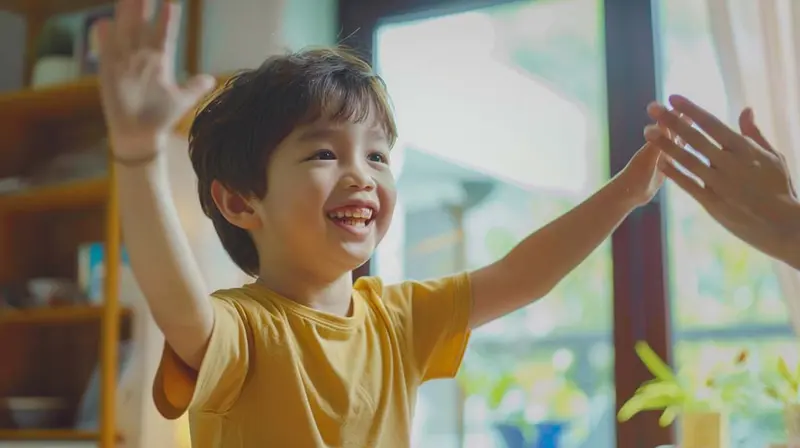
Think of preparing for new experiences with dress rehearsals as rehearsing a sea voyage before setting sail. Dress rehearsals can help children familiarize themselves with new experiences, reducing the sense of unfamiliarity and fears associated with new social situations. Through at-home dress rehearsals, children can practice social interactions, such as approaching and sitting with family at the dinner table or simulating meeting a new teacher to rehearse greetings and conversation.
Dress rehearsals allow children to work through potential ‘worst-case scenarios’ during practice, enabling them to feel prepared and less anxious about what could go wrong in real situations. By learning to conduct dress rehearsals, children can develop practical skills such as:
- negotiation
- debate
- teamwork
- cooperation
- persuasion
These skills are valuable in everyday life, as people tend to use them frequently.
Role-Playing and Simulation
Role-playing and simulation are like practicing sailing maneuvers in a controlled environment. Role-playing can lessen a child’s fear and unfamiliarity with new social situations by rehearsing scenarios like new conversations and greetings. Through role-playing, children can approach complex and controversial subjects with a more open-minded perspective, supporting the development of critical thinking skills.
Role-playing offers an experiential learning opportunity for children to gain knowledge and skills in a spontaneous setting. For role-playing to be effective, sessions should be designed with specific learning objectives in mind and be content-focused to enhance their application to real-world situations.
Using Stories and Examples
Stories and examples are like tales of legendary sailors inspiring young mariners. An ‘adventure diary’ can be a tool to encourage children to view new experiences positively. Recording past successful attempts at new activities in the ‘adventure diary’ inspires children to approach future challenges with confidence, ready for all the adventures that await them.
By narrating these tales of success, we can inspire our children to take the helm and face their fears.
When to Seek Professional Help

Sometimes, the seas are too rough for a young sailor to navigate alone. Parents should consider professional intervention when their child’s fear of new things is severe enough to cause distress and limit life activities.
The first-line approach for treating specific phobias, including neophobia, is Cognitive Behavioral Therapy (CBT). CBT has been found to be effective in addressing these fears and helping individuals overcome them. A comprehensive evaluation by a therapist, which includes gathering information on the child’s behaviors, routines, developmental history, and family environment, is essential to formulating a diagnosis and treatment plan.
Differentiating Between Normal Anxiety and Anxiety Disorders
Understanding the difference between normal anxiety and anxiety disorders is like distinguishing between rough seas and a full-blown storm. Normal childhood fears typically resolve with reassurance and listening, while anxiety disorders persist and interfere with daily life. The symptoms of specific phobias, including neophobia, must last six months or longer to meet diagnostic criteria for an anxiety disorder.
Professional help may be necessary when a child shows persistent and intense fears that cause impairment, such as obsessive worrying, panic attacks, or withdrawing from activities. It’s important to recognize these signs and seek professional help when needed to prevent these fears from turning into a life-limiting storm in a child’s life.
Finding the Right Support
Finding the right support is like finding a seasoned captain who can guide the young sailor through the storm. To find a suitable therapist for a child, parents should seek recommendations from their child’s primary healthcare provider, considering the therapist’s specialization and experience with children’s issues. Therapists for children and adolescents have specialized training in developmental stages and can diagnose and treat a range of emotional and behavioral disorders through various therapeutic techniques.
Parents should verify the qualifications of potential therapists, ensuring they are licensed and trained to provide appropriate services for their child’s specific needs. Some types of therapy available for children with anxiety include:
- Cognitive Behavioral Therapy (CBT), which teaches skills to calm their bodies, reframe thoughts, and face fears incrementally
- Play therapy, which uses play to help children express their feelings and learn coping skills
- Art therapy, which uses art materials and activities to help children explore and express their emotions
- Family therapy, which involves the whole family in the treatment process
In addition to therapy, there are certain medications that can be prescribed for children with anxiety disorders. It’s important to work closely with a healthcare professional to determine the best course of treatment for your child.
Summary
Sailing through the ocean of new experiences can be daunting for a child, especially when the fear of new things, or neophobia, casts a shadow. However, with understanding, empathy, and the right strategies, we can help our children navigate these rough seas. From creating a comfort zone to encouraging baby steps, from using positive reinforcement to preparing with dress rehearsals, we can equip them with the skills to face their fears. And when the seas are too rough, professional help is at hand.
Frequently Asked Questions
What is neophobia?
Neophobia is the fear of new things, and it can greatly limit a child's willingness to explore new relationships, activities, and experiences.
How can I help my child overcome their fear of new things?
You can help your child overcome their fear of new things by creating a comfort zone, encouraging baby steps, using positive reinforcement, and preparing with dress rehearsals. These strategies can help build confidence and reduce anxiety in new situations.
When should I seek professional help for my child's fear of new things?
If your child's fear is significantly impacting their daily life, it's a good idea to seek professional help to address their fear of new things.
What is Cognitive Behavioral Therapy (CBT)?
CBT is a therapy used to treat anxiety in children by teaching them skills to manage their thoughts and fears incrementally.
How can role-play and simulation help my child?
Role-playing and simulation activities can help your child practice social interactions, develop critical thinking skills, and feel more at ease in unfamiliar situations.
References and Further Reading
- Cognitive Behavioral Therapy: An Overview - American Psychological Association's resource explaining CBT and its benefits.
- The Role of Positive Reinforcement in Child Development - An article discussing how positive reinforcement can be used to shape children's behavior.
- Helping Your Child with Extreme Picky Eating - A book for parents dealing with food neophobia.
- The Importance of Brain Breaks for Kids - An article on how brain breaks can improve children's focus and learning.
- Strategies for Building Children's Resilience - American Psychological Association's tips on fostering resilience in children.
- Managing Anxiety in Children - Child Mind Institute's advice on handling children's anxiety.
- Positive Reinforcement and Child Behavior - Verywell Mind explaining the concept of positive reinforcement.
- Cognitive Behavioral Therapy for Children - Society of Clinical Child and Adolescent Psychology's overview of CBT for children
- Exposure Therapy Explained - American Psychological Association's resource on exposure therapy.
- The Importance of Secure Attachment in Childhood - Attachment Parenting International's resources on fostering secure attachments.
- Overcoming Social Anxiety in Adolescence - Social Anxiety Institute's resources for dealing with social anxiety.
